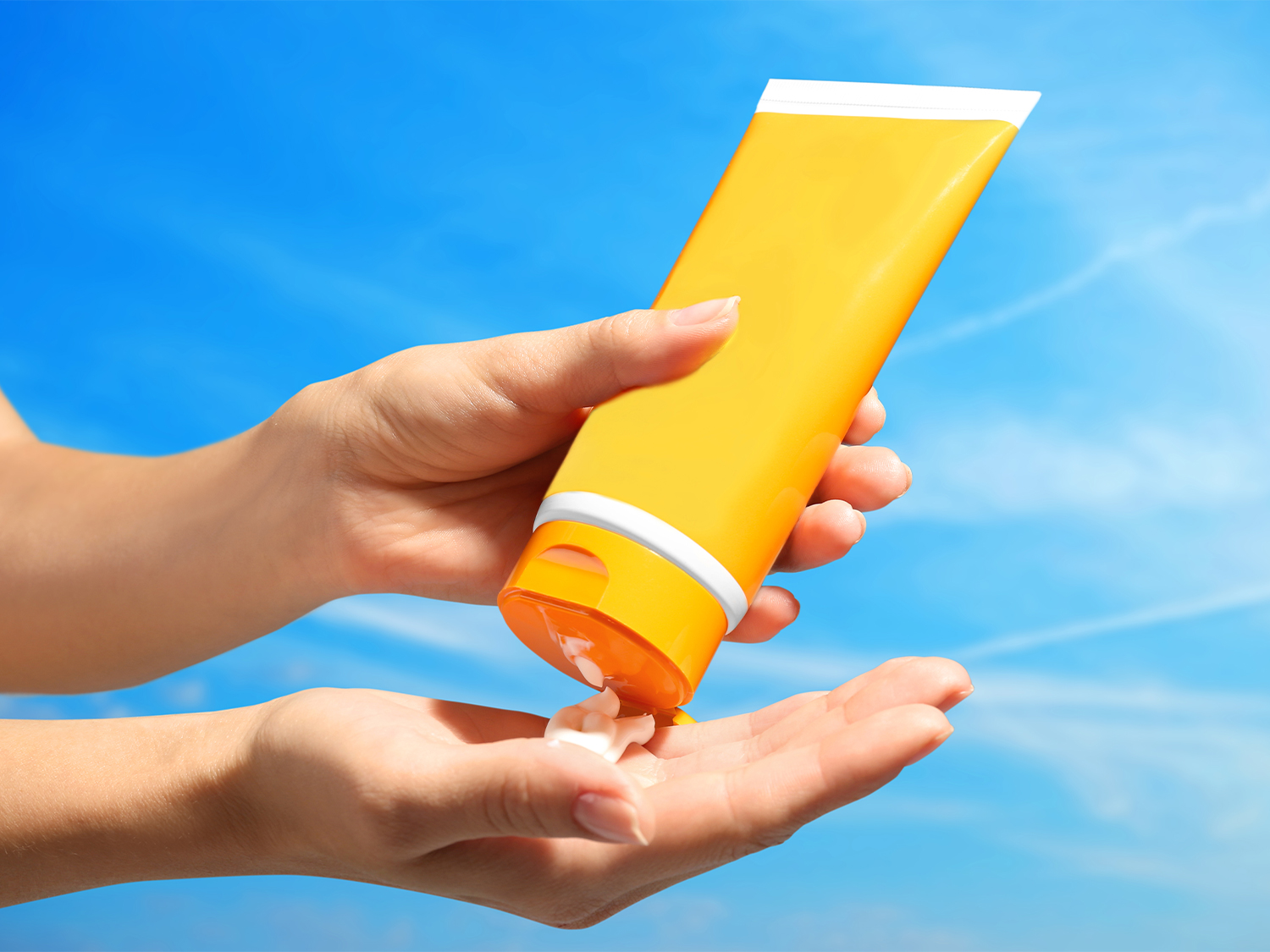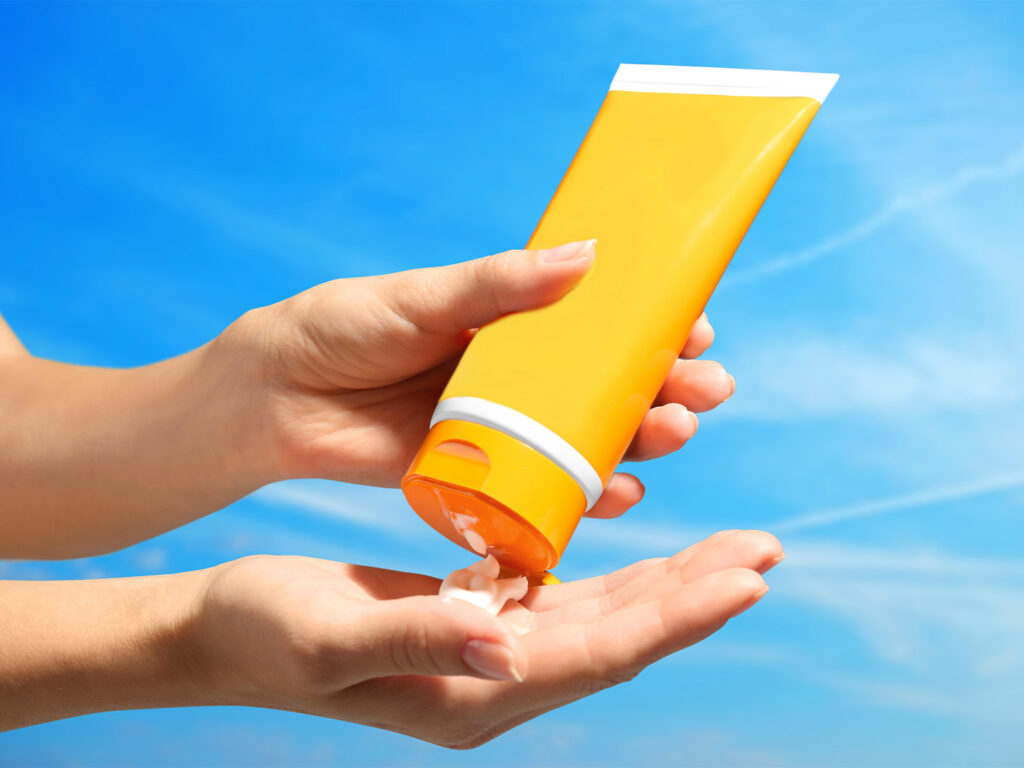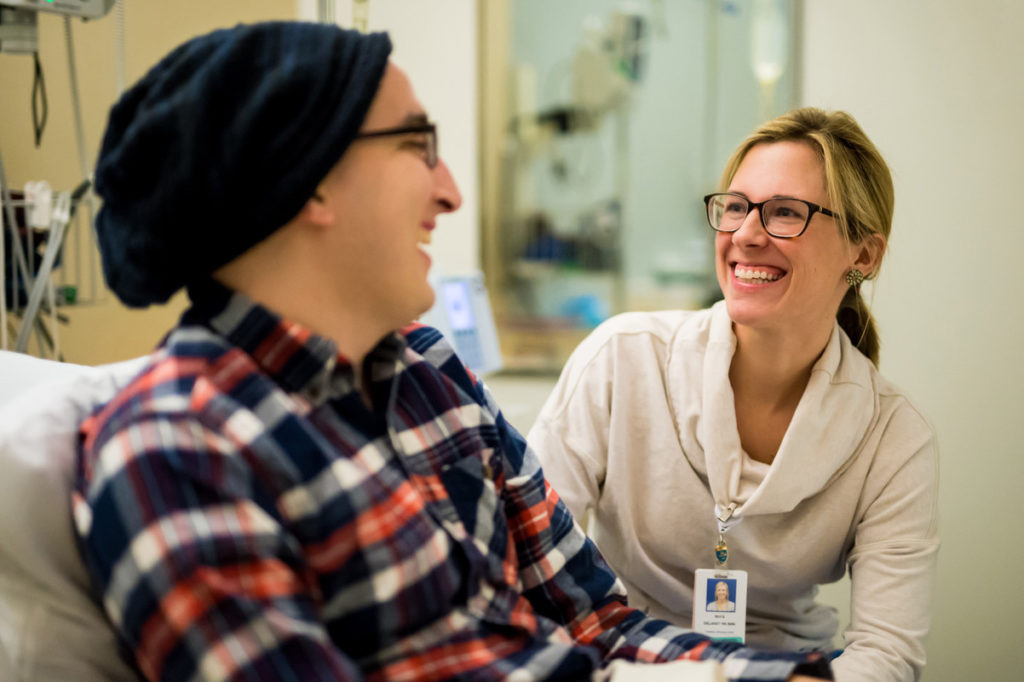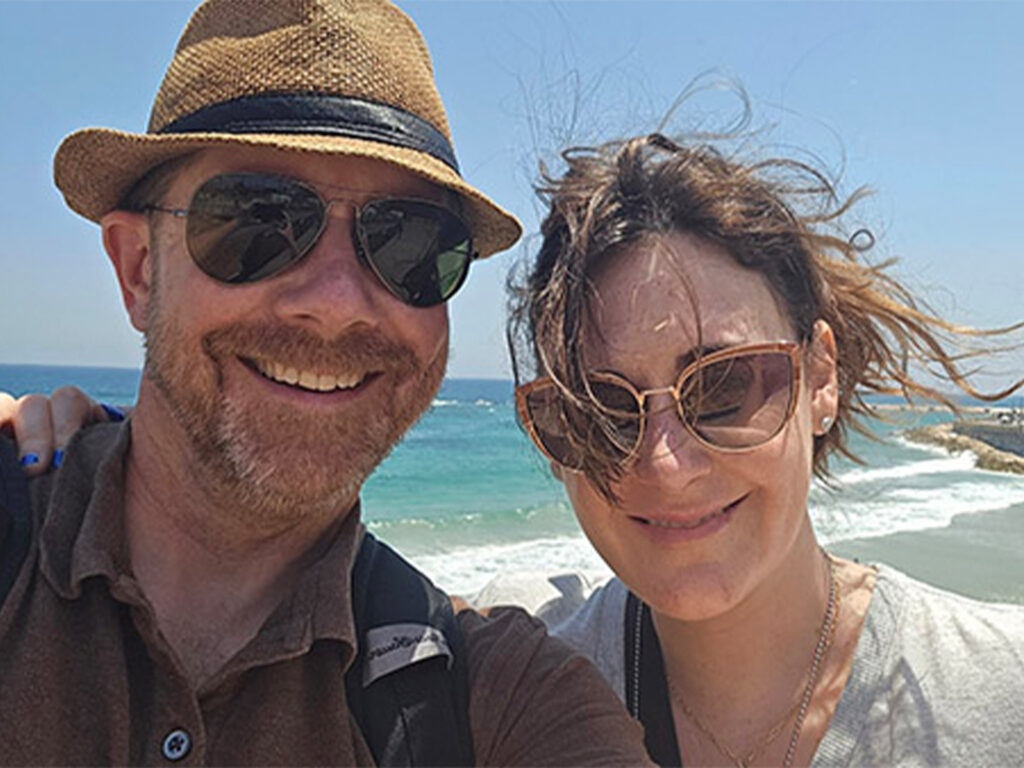Key Takeaways
From the continued glamorization of tanning to health and wellness misinformation that is spread online, it can be hard to figure out what best practices to use during the sunny summer months. David Fisher, MD, PhD, chief of dermatology at Massachusetts General Hospital, helps clear up some common points of confusion when it comes to sun safety.

Why is it important to protect your skin from the sun?
Ultraviolet (UV) radiation from the sun is a serious threat to human health, especially when it comes to the skin. It is a proven cause for the three most common types of skin cancers — basal cell carcinoma, squamous cell carcinoma and melanoma. While basal cell carcinoma is rarely fatal, it often occurs on the face and requires surgery that can leave lasting scars. Squamous cell carcinoma is the second most common and is more dangerous, and melanoma is the deadliest of all.
UV radiation damages the DNA in our skin cells, making it the most common environmental carcinogen, directly impacting our bodies’ largest organ. Though the body can repair some of this damage, the process isn’t perfect — leading to the high and rising incidence of skin cancer, in people of all skin tones.
Beyond cancer, UV exposure also accelerates photoaging [or premature aging]. It degrades collagen and elastin, the proteins that give skin its structure and youthful appearance. Over time, this leads to the wrinkling, thinning and discoloration of skin. Ironically, many people who seek tans for aesthetic reasons are unknowingly accelerating irreversible aging.
Many folks think that we require prolonged exposure to sunlight in order to maintain healthy levels of vitamin D in the body. But, while the sun can help the body make vitamin D, for people with vitamin D deficiency it is not a reliable source due to variables affecting exposure. Vitamin D deficiency can be more safely and reliably achieved by taking vitamin D supplements, which are widely accessible and inexpensive — and which don’t increase cancer risk.
What’s the best way to protect your skin from UV damage?
The most effective way to protect your skin from the sun is to practice avoidance as much as possible. That means staying in the shade, wearing long sleeves and wide-brimmed hats, avoiding outdoor activity during peak sun hours (10 a.m. to 4 p.m.) and using a mineral-based, broad-spectrum sunscreen.
What should consumers know about the different types of sunscreens and ingredients when selecting an SPF?
There is no known “safe” amount of UV exposure. Even low levels over time can cause DNA mutations that lead to cancer. Sunscreen helps, but it’s not a complete solution.
SPF or sun protection factor” refers only to UVB protection — the rays responsible for sunburn and vitamin D production, which only account for ~5% of UV rays. Many people assume that avoiding sunburn means they’re protected. But UVA rays, which make up ~95% of UV radiation and may not cause a visible burn, penetrate deeper into the skin and contribute to DNA damage and aging.
Most chemical sunscreens in the United States do not block UVA effectively, and there’s no standardized UVA rating system like there is for UVB rays and SPF. This creates a false sense of security — people stay out longer in the sun and are unaware they’re still being harmed by the UVA rays that U.S. chemical sunscreens do not adequately block. For this reason, broad-spectrum chemical sunscreens that protect against both UVA and UVB would be optimal but are not currently available in the US. Mineral sunscreens (with zinc oxide or titanium dioxide) reflect both types of rays, using a mechanism that mimic tiny, nano-sized mirrors, and are therefore generally more effective.
Chemical sunscreens, by contrast, absorb UV and convert it into alternative energy types. While many are effective against UVB, their UVA protection is often limited. Countries like Canada and those in the European Union allow more advanced UVA-filtering ingredients than are currently approved in the U.S., though regulatory changes may be on the horizon.
What do you wish more people knew about sun exposure and skin cancer?
One often-overlooked aspect of our relationship to sunlight is that UV exposure can trigger the body to release endorphins — natural, opiate-like “feel-good” chemicals. This creates a biologically driven incentive to seek out the sun, sometimes creating an addictive cycle.
This response likely evolved to encourage sun-seeking in places with limited sunlight, such as during winter months, helping our ancestors avoid detrimental vitamin D deficiency. But today, that sun-seeking survival mechanism has become a liability. We no longer need to rely on UV exposure for vitamin D, as supplements are widely available and are much safer and more reliable than sunlight. Continuing to chase the UV-induced “high” puts people at unnecessary skin cancer risk.
Understanding the addictive quality of tanning helps explain why some people develop compulsive sun-seeking behaviors. By promoting safer, healthier ways to feel good, without turning to a known carcinogen, we can help reduce the risk of skin cancer and foster long-term health.
To support dermatology at Mass General, click here.









